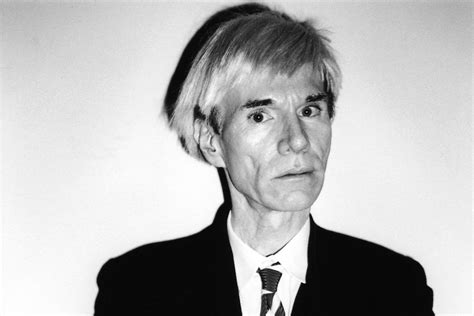The Warhol Wig: A Cultural Phenomenon
Andy Warhol’s silver wig, an emblem of pop art, has captivated generations with its enigmatic allure. First introduced in the 1960s, the wig became synonymous with Warhol’s avant-garde style and has since transcended the art world to become a cultural icon.

The Silver Lining: Symbolism and Inspiration
Warhol’s silver wig was both a personal statement and a powerful symbol. The silver color represented his detachment from traditional norms and reflected his fascination with mass production and technology. The wig also masked his thinning hair, allowing him to control his image and maintain a youthful appearance.
“Good Vibrations” of Celebrity and Consumption
Through his wig, Warhol blurred the lines between art and commerce. He capitalized on the public’s fascination with celebrity and the allure of consumer goods. The wig became a symbol of the superficiality and fleeting nature of fame, as well as Warhol’s fascination with the commodification of popular culture.
Wearing the Warhol Wig: A Statement of Identity
The Warhol Wig as a Creative Catalyst
Wigging Out: Tips and Tricks for a Fab Wig
-
Choose the Right Wig for Your Face Shape: Round faces look best with long, flowing wigs that elongate the face; oval faces can handle any style; square faces should opt for wigs with soft curls that frame the face.
-
Secure It Like a Pro: Use wig tape or glue to keep your wig in place securely without causing damage to your real hair.
-
Style It to Perfection: Use heat styling tools or hairspray to create the desired look. Experiment with different partings and hair accessories to find your perfect style.
-
Care for Your Wig: Brush your wig gently with a wide-tooth comb to remove tangles. Wash it regularly with a wig-specific shampoo and conditioner. Store it properly to prolong its lifespan.
